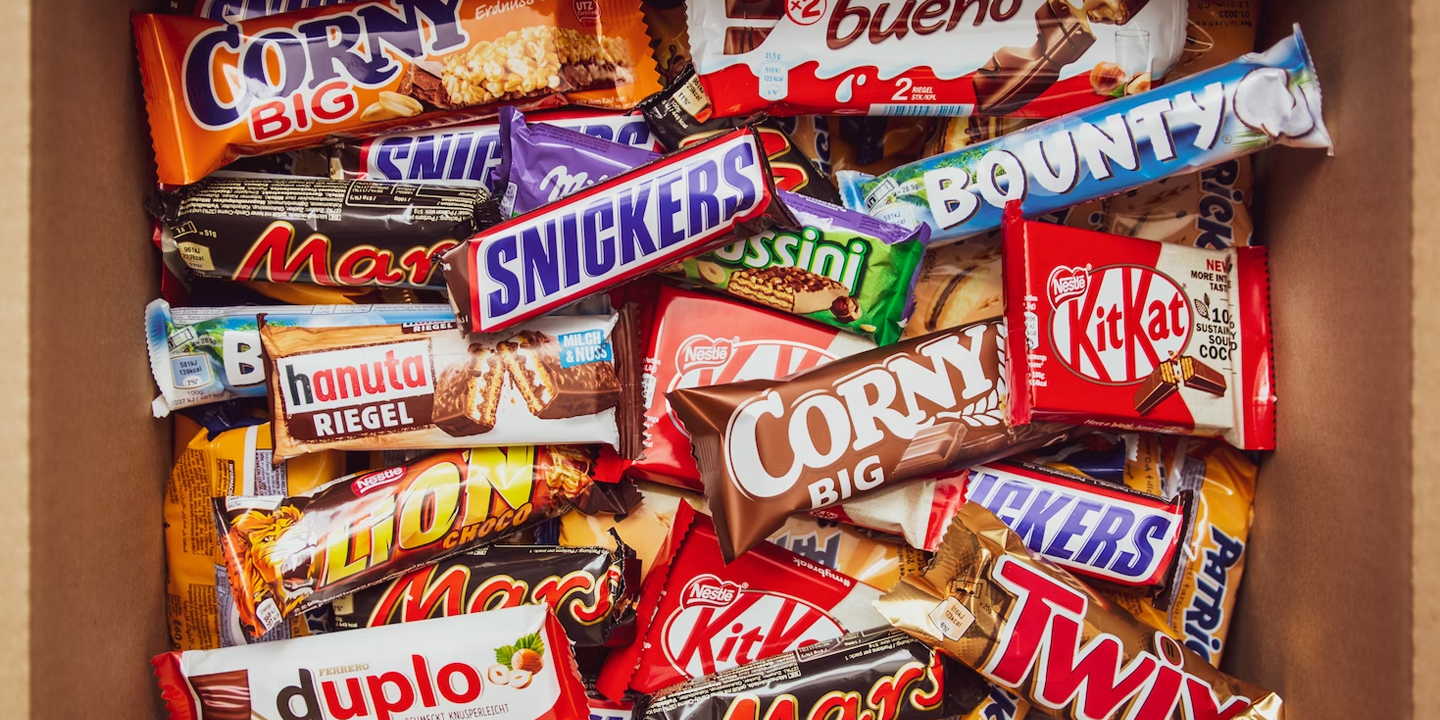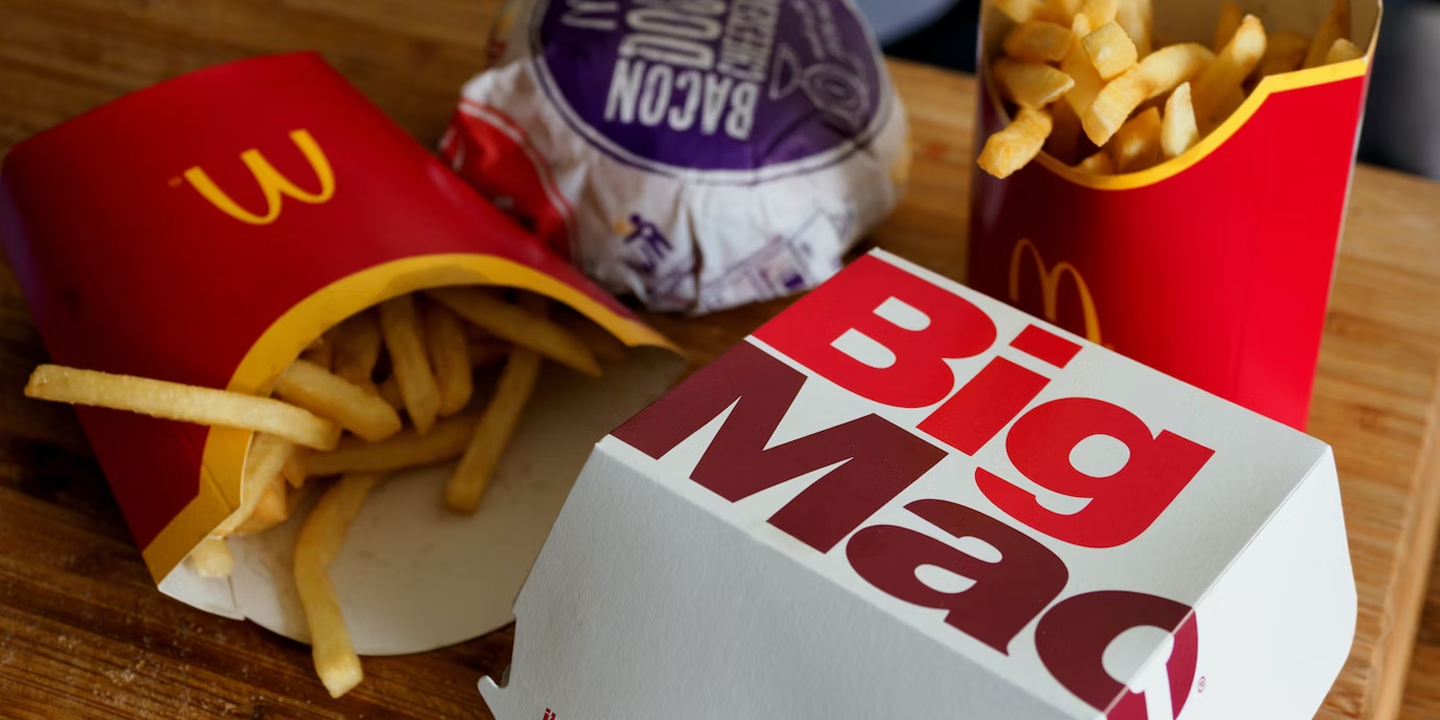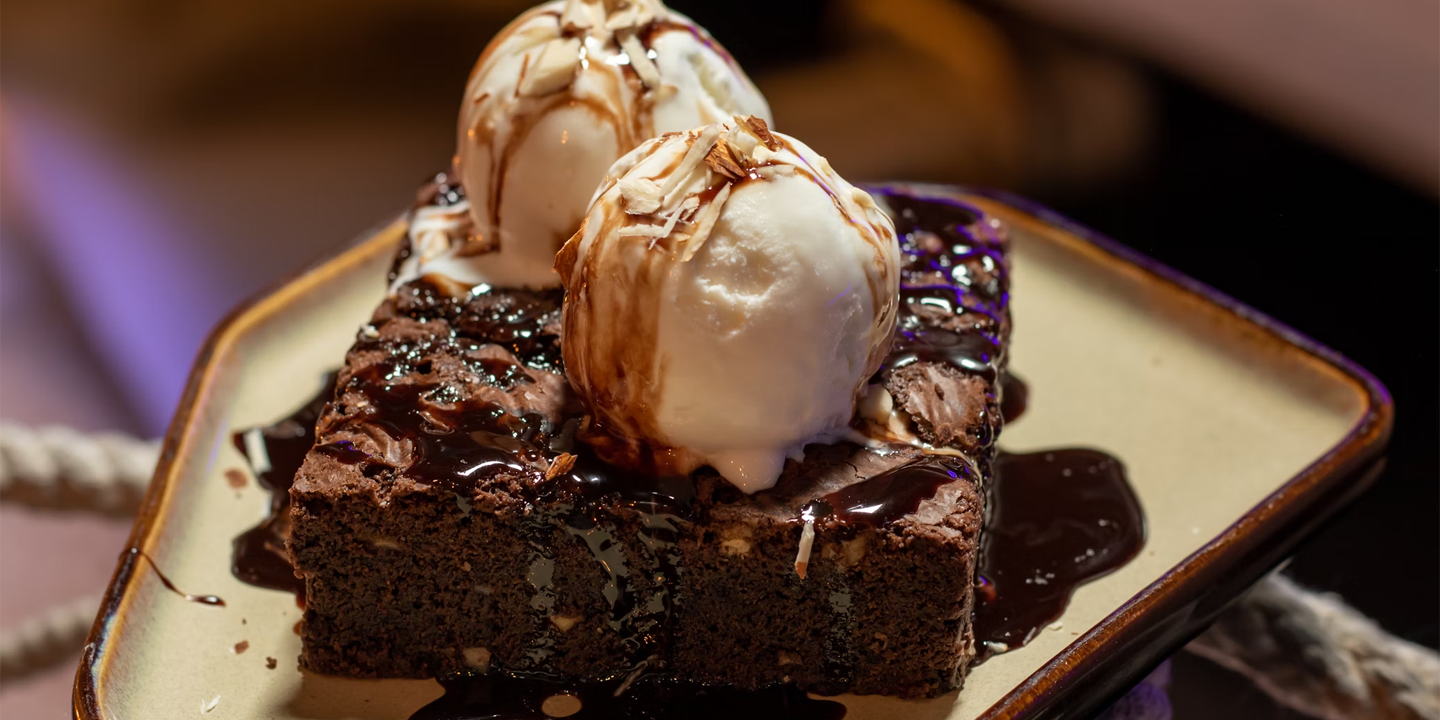When Food Became More Than Survival
Every culture has its stories of abundance and feasts that challenged even the scope of our imaginations. Imagine tables so full they groan under the weight of roasted meats, gilded platters, honey cakes, and amphoras of wine. Ancient feasts were often less about food and sustenance than they were about theater and politics. And yet, the strangest part is that many of these feasts would actually work today. Not in the same scale, of course, but in their flavors, their combinations, and their spirit of over-the-top celebration. Let’s look at twenty of history’s greatest table spreads.
1. Nero’s Golden Banquet
The Roman emperor was infamous for spectacle, and his feasts were more about drama than digestion. If you had the opportunity to attend, you’d see gold-dusted figs, flamingo tongues, and wine flowing from fountains. Try the figs at home—skip the gold dust.
2. The Viking Blót Feast
Picture a long hall, with smoke curling to the rafters, and mead horns clashing over raucous laughter. The menu? Pork, lamb, barley bread, and sometimes horse roasted whole. Archaeologists even found traces of hazelnuts from their sacrificial feasts. The modern translation: roasted pork shoulder with honey glaze and plenty of beer.
3. The Han Dynasty Imperial Banquet
Chinese records describe tables stacked with duck, venison, steamed dumplings, and fish preserved in fermented sauces. The imperial chefs were obsessed with balancing sweet and sour, salty and bitter. We could use more of that attention to flavor in our own weeknight spreads.
4. The Feast of Trimalchio
Satirist Petronius wrote about this imaginary Roman figure, but scholars believe this nouveau riche’s fictional feasts mirrored real-life banquets, where whole pigs were stuffed with sausages and hares were decorated with wings to resemble Pegasus. It was essentially ancient performative dining.
5. King Richard II’s Coronation Banquet
The scene is England, 1377. Recipes from this epic feast survive in The Forme of Cury, one of the first cookbooks in English. It consisted of roasted peacock redressed in its feathers for display, as well as spiced boar, custard tarts, and mulled wine. This is one that you could actually replicate at home if you had the budget.
6. The Mughal Court Dastarkhwan
The Mughal emperors of India adored food layered with saffron, cardamom, almonds, and rosewater. They also enjoyed massive rice pilafs glistening with ghee, and kebabs perfumed with smoke. Mangoes were also ubiquitous in this court. The food wasn’t just sustenance; it was poetry.
7. Louis XIV’s Versailles Suppers
The Sun King sat at a table surrounded by courtiers who watched him eat in an elaborate ritual celebration of his every move. His meal consisted of things like truffled pheasants, lobster in cream, and pyramids of candied fruit. You could recreate a smaller candied pyramid for a holiday table.
8. The Aztec Feast of Tenochtitlán
Believe it or not, the Aztecs enjoyed chocolate, although it was different from ours. It was frothy, spiced with chili, and bitter rather than sweet. During this ceremonial feast, they also enjoyed turkey roasted with herbs, tamales stuffed with beans, and pumpkin seeds ground into sauces. The idea of sipping chili-spiced cacao on a chilly night feels timeless.
9. Cleopatra’s Oyster Banquet
The Egyptian queen supposedly dissolved a pearl in vinegar to impress Mark Antony with her wealth. Historians may debate if that feat is scientifically possible, but enjoying oysters, figs, and honey cakes were definitely staples of Ptolemaic feasts. Oysters endure as a sign of sophisticated feasting.
10. The Ottoman Sultans’ Banquet
Enjoying forty courses wouldn’t have been unusual for the Sultan. Meals included lamb stews with apricots, pilafs studded with pistachios, and yogurt sauces cooling the heat. The sultans sat cross-legged, eating with spoons fashioned out of mother-of-pearl. If you’re feeling adventurous, yogurt with lamb remains one of the most soothing pairings you’ll ever try.
11. The Incan Inti Raymi Festival
Held for the sun god, this feast included roasted guinea pig, maize beer, and potatoes in every form imaginable. Potatoes were more than food to this culture; they were a sacred gift from the gods. Outside of Peru, guinea pigs may not be a delicacy, but roasted potatoes with corn beer on the side are worth trying.
12. Catherine de' Medici’s Wedding Banquet
Florentine cooks introduced French courts to fork use, marzipan sculptures, and artichokes. During her elaborate wedding, swans floated down sugar-water “canals” built on banquet tables. Every time you use a fork, remember that there was a time in history when forks were scandalous.
13. The Tokugawa Shogunate New Year Banquets
Japan’s samurai class celebrated with osechi ryori: lacquered boxes of preserved foods, each with a specific meaning. Black beans represented health, herring roe stood for fertility, and sweet rolled omelets symbolized happiness. Enjoying meals with symbolic relevance is a habit worth carrying over in our own private feastings.
14. Charlemagne’s Christmas Feast
Chroniclers of this feast mention roast meats, eels, cheese, spiced wine, and mountains of bread. According to historians, Charlemagne supposedly loved roast chicken above all other foods. It’s somehow oddly relatable that one of Europe’s greatest rulers craved something so ordinary.
15. The Persian Nowruz Banquet
The Persians certainly knew how to prepare a feast. They enjoyed rice jeweled with barberries and pistachios, lamb stews scented with saffron, and herb-filled kuku, a frittata-like dish. Nowruz, the Persian New Year, still endures as a celebrated holiday, even if it’s not quite on the same scale as the royal feastings of old. The kuku sabzi is a worthy omelet independent of the time of year.
16. The Gilded Age “Delmonico’s Banquets”
During the late 19th century, New York extravagance was its own unique type of indulgence with its terrapin soup, oysters Rockefeller, and baked Alaska set aflame at the table. Funny how baked Alaska, once an exotic luxury of the rich and famous, now shows up in suburban cookbooks.
17. The Celtic Samhain Feasts
These communal gatherings offered food to both the living and the dead. Their spreads included roasted meats, apples bobbing in water, and barley beer. Leftovers were deliberately left outside for wandering spirits, a habit that endures in many modern cultures.
 Gabriele Bonazzoli on Unsplash
Gabriele Bonazzoli on Unsplash
18. The Abbasid Caliphate Banquets in Baghdad
Poets describe courses of lamb with cinnamon, chicken with pomegranate, and dates stuffed with almonds. The cookbooks of that era still influence Middle Eastern kitchens today. Rosewater sherbet on a hot night? Yes, please.
19. George Washington’s Inaugural Feast
Dishes at this 1789 feast included turtle soup, roast beef, and apple pie. The wine list leaned heavily on the region of Madeira, the Portuguese island. The turtle soup might be questionable now, but the apple pie remains a classic dessert in contemporary America.
 Art Institute of Chicago on Unsplash
Art Institute of Chicago on Unsplash
20. The Hawaiian Ali’i Luaus
During this feast, whole pigs were cooked in underground imu ovens, taro mashed into poi, and tropical fruits piled high. These weren’t tourist shows but royal rituals, full of chanting and ceremonial significance. The smoky sweetness of kalua pork is one of the few dishes on this list that still tastes almost exactly the same today.
KEEP ON READING

The Most Popular Chocolate Bars in the USA

The Most Popular Candies in the USA
























